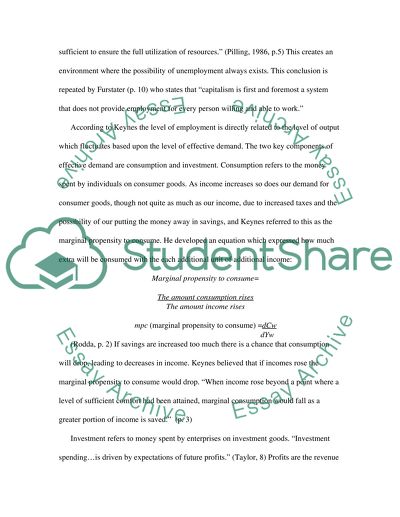Cite this document
(General Theory of Employment Essay Example | Topics and Well Written Essays - 1500 words, n.d.)
General Theory of Employment Essay Example | Topics and Well Written Essays - 1500 words. https://studentshare.org/macro-microeconomics/1516651-the-general-theory-of-employment
General Theory of Employment Essay Example | Topics and Well Written Essays - 1500 words. https://studentshare.org/macro-microeconomics/1516651-the-general-theory-of-employment
(General Theory of Employment Essay Example | Topics and Well Written Essays - 1500 Words)
General Theory of Employment Essay Example | Topics and Well Written Essays - 1500 Words. https://studentshare.org/macro-microeconomics/1516651-the-general-theory-of-employment.
General Theory of Employment Essay Example | Topics and Well Written Essays - 1500 Words. https://studentshare.org/macro-microeconomics/1516651-the-general-theory-of-employment.
“General Theory of Employment Essay Example | Topics and Well Written Essays - 1500 Words”. https://studentshare.org/macro-microeconomics/1516651-the-general-theory-of-employment.


